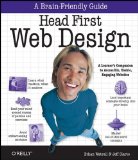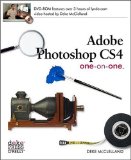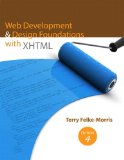
★★★★★ Build Your Own Web Site the Right Way Using HTML and CSS by Ian Lloyd is from Sitepoint (2008). This is the 2nd edition. The first edition was on my recommended list for a very long time, and I don’t see any reason to remove the second edition from that recommended list.
The book covers the basics of getting started, tools you need, and gives plenty of examples of code for both the HTML and CSS it suggests. You build a single site to completion by the end of the book with a customized Blogger blog added. The book is a foundational experience that emphasizes best practices and would get anyone off to a solid start. The last chapter deals with where to go next, what else to learn, and where to find more references.
When tools are involved, such as FTP tools, the book includes examples for both Windows and Mac. It’s well written and illustrated. In short, a very good book
Summary: Clear explanation of the basics using best practices.
Technorati Tags: Build Your Own Web Site the Right Way, book reviews


 It should be known that I’ve never had a design insight into a logo before, so this was a big ah-ha for me.
It should be known that I’ve never had a design insight into a logo before, so this was a big ah-ha for me.

